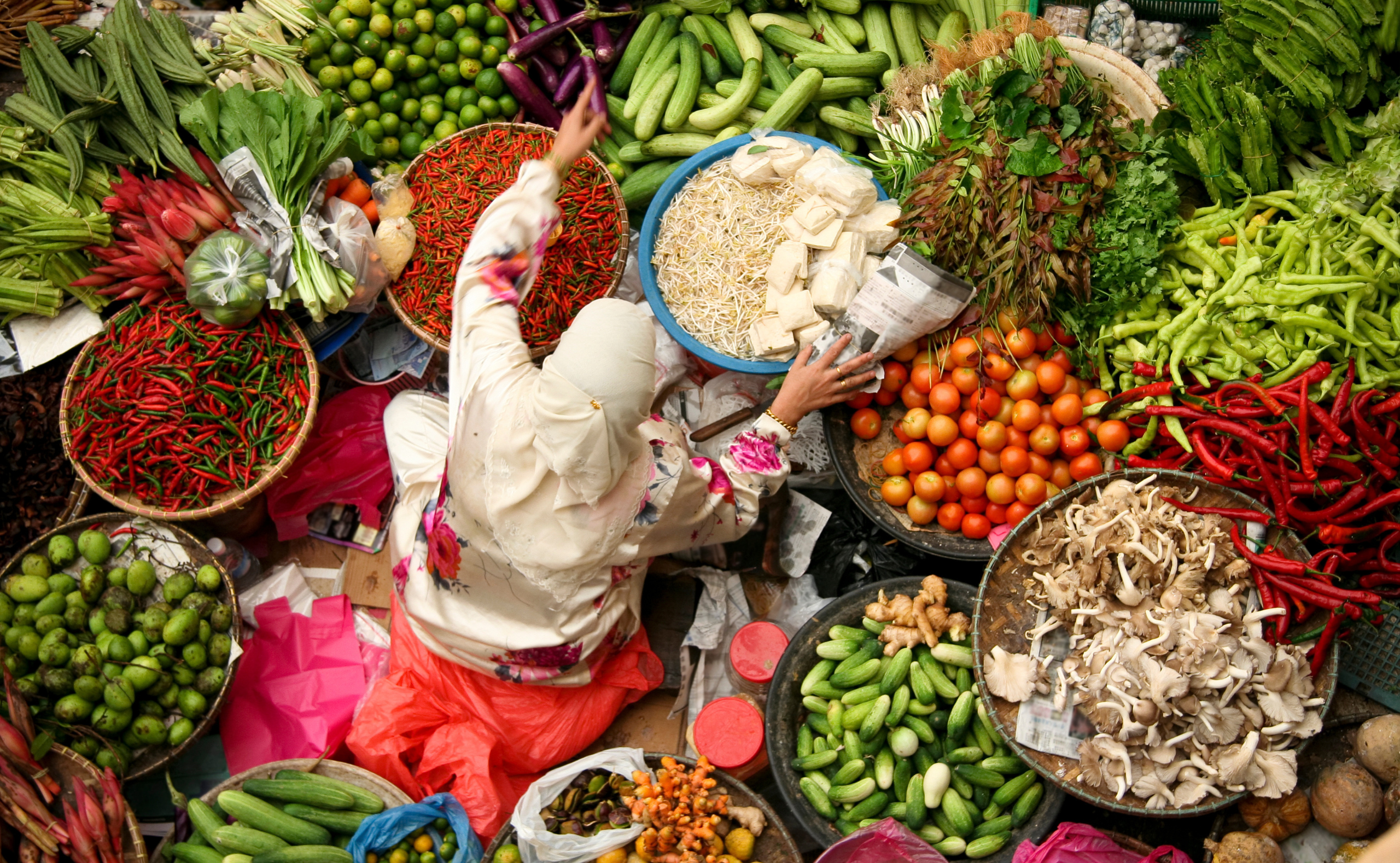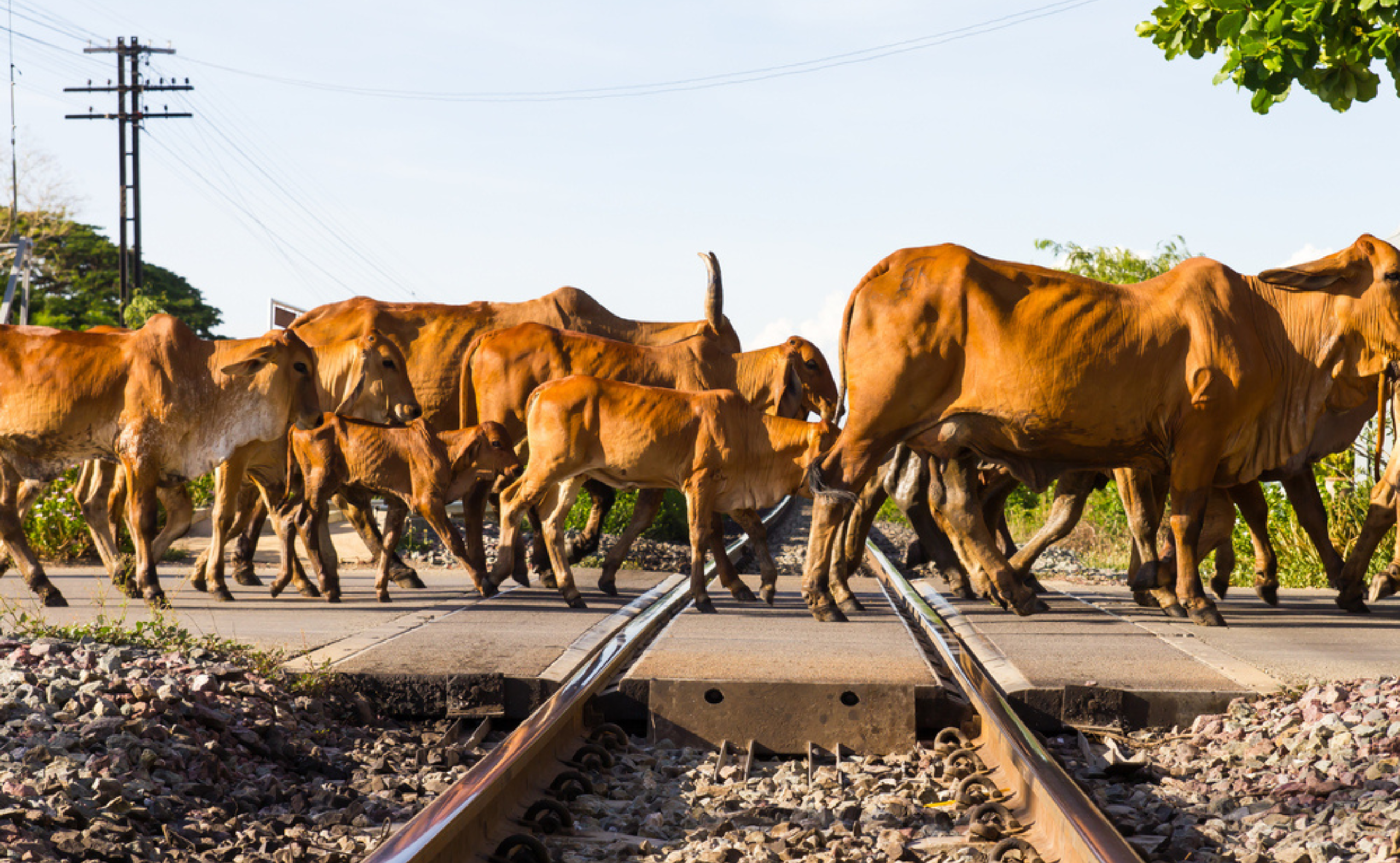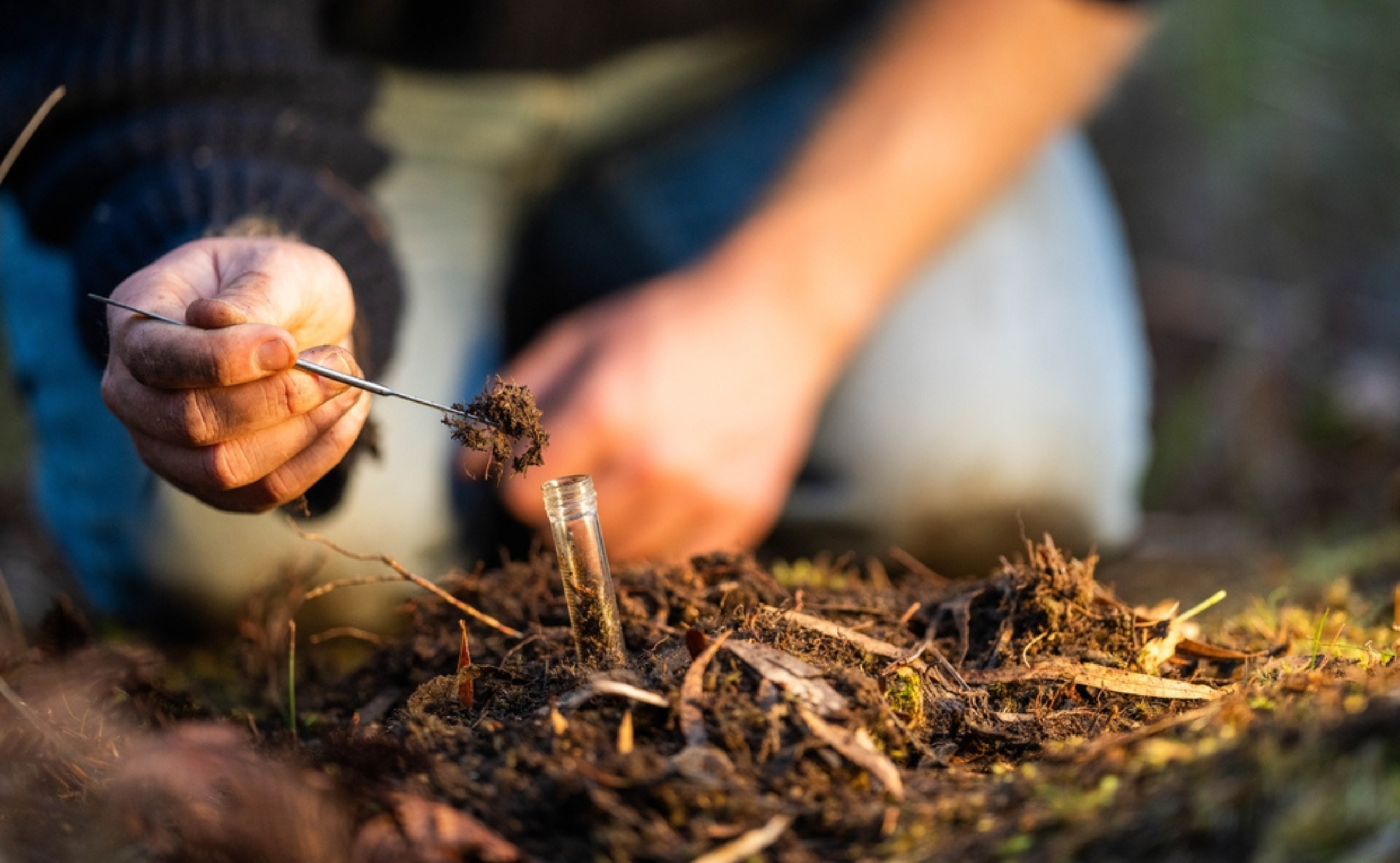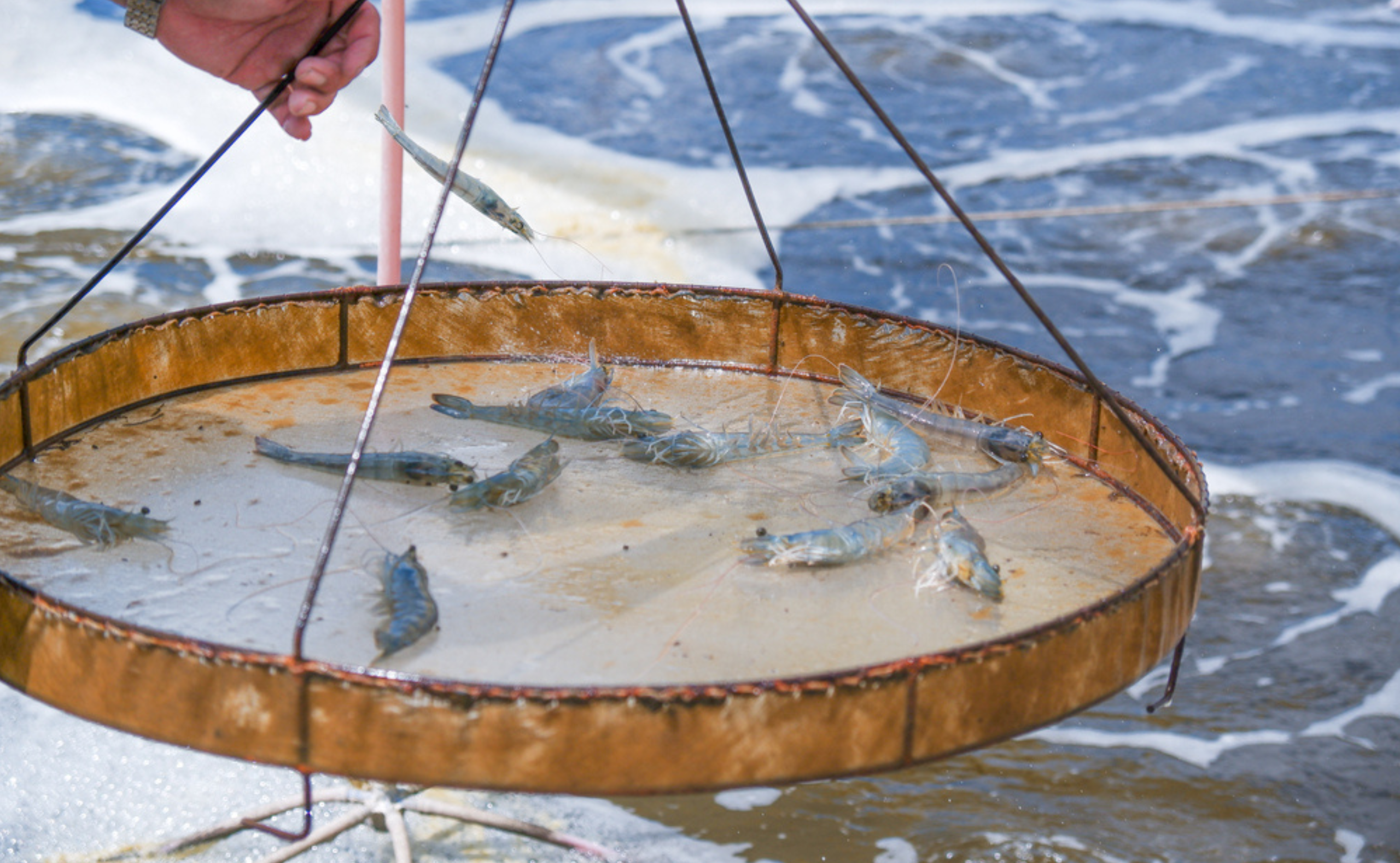
Asia has seen a remarkable rise in aquaculture production over the past 2 decades (Bush et al. 2019; ADB 2021). The majority of fish producers in Asia are smallholders who have converted their farmland of less than 1 hectare into ponds to raise fish or shrimp (Hall 2004). This growth has significantly contributed to reducing poverty by providing income opportunities for the poor and improving nutrition through self-consumption (Filipski and Belton 2018). This sector also plays a vital role in maintaining a healthy natural environment.
Despite the promise of this sector, it faces the persistent challenge of frequent disease outbreaks (Lafferty et al. 2015). Various diseases are difficult to cure once they emerge. While it is challenging to trace the exact origins of these diseases, poor water management, high-density farming, and monocrop practices are typically associated with their high prevalence.
Since 2011, shrimp farmers in Thailand and across Southeast Asia have struggled with major outbreaks of Early Mortality Syndrome (EMS). Caused by a highly virulent bacterial infection, EMS is characterized by rapid mass mortality in shrimp during the larval stage. Similarly, Vietnamese shrimp farmers were hit by an outbreak of White Spot Syndrome Virus (WSSV) in the early 2010s. This virus, which produces distinctive white spots on infected shrimp and spreads rapidly, led to 100% mortality within 3–7 days of infection, resulting in drastic drops in production. Many farmers were left unable to recoup their investments, forcing some to abandon their operations entirely (Desiring 2022).
An important aspect that has not been adequately examined in understanding disease outbreaks is the existence of spillovers across farmers and ponds. Farms are often connected through waterways, and farmers take water from nearby rivers or canals. If the water is contaminated, it can negatively impact fish farming outcomes, creating negative spillovers. Similarly, there may be spillovers in the adoption of farming practices. Recent studies have shown that farmers tend to adopt good farming technologies if their neighbors do so—a phenomenon known as the “peer effect” (Bandiera and Rasul 2006; Conley and Udry 2010). Although these effects are well-documented, rigorous examination of how they operate in aquaculture settings across ponds remained unexplored.
While shrimp are naturally born and grow in the ocean, the majority of shrimp consumed globally are farmed, owing to the development of artificial hatching techniques for black tiger shrimp in Taipei,China in 1983 (Murai 1988). This method has since spread worldwide, with shrimp now being produced in regions including South America and Africa. Recent developments in inland, indoor farming methods have been remarkable in developed countries, including in the European Union and Japan. Shrimp grown using these methods can be labeled as safe and healthy, as full traceability is assured under these systems.
Shrimp Farming in Viet Nam
We conducted a farm-level survey targeting approximately 650 shrimp farmers in southern Viet Nam, the country’s primary shrimp production region. Following a government decree in 2000 that allowed the conversion of rice fields into fishponds, many farmers immediately converted their fields into ponds as the profitability of fish and shrimp farming far exceeded that of rice cultivation. This region, characterized by its low altitude and abundant brackish water, is particularly well-suited for aquaculture. We collected information on shrimp production records and the GPS locations of the ponds to better understand farming patterns and challenges.
Disease Clusters and Spillovers Across Ponds
We observed that there was indeed a spatial correlation of disease outbreaks, with clusters of ponds experiencing high incidences of disease.
Using pond-level data, we found that if the likelihood of a disease outbreak in a farmer’s neighbors’ ponds is high, then the likelihood of a disease outbreak in that farmer’s pond will also be high. Additionally, we found that both the farmer’s and their neighbors’ greater knowledge of shrimp farming, better record-keeping practices, and improved equipment contributed to reducing the likelihood of disease outbreaks in their ponds. We also examined whether a peer effect existed in the adoption of good farming practices among the surveyed farmers by applying a method developed in social network analyses to establish a causal relationship. Indeed, we found that neighbors’ good practices influenced the farmer’s adoption of similar practices.
Finally, we analyzed the effects of disease outbreaks in a farmer’s neighbors’ ponds and the farmer’s own good farming practices on the occurrence of disease outbreaks in their pond. We found that while neighbors’ disease outbreaks increased the likelihood of disease, the farmer’s adoption of good practices reduced it. However, when comparing the magnitude of these effects, the former outweighs the latter, indicating the possibility that even if the farmer adopts best practices, the negative spillover effects from the neighbors’ ponds may eliminate those positive effects.
Policy Implications
Our results show that the spillover effects of contaminated water across ponds and the peer effects of neighbors’ good practices are both at work.
What we can draw from these findings is the importance of considering farmers in close geographical proximity as a group when implementing any kind of intervention. Coordinated action is the key to tackling the problem of disease outbreaks in the area. For instance, shrimp farmers in Sri Lanka have voluntarily set rules on the timing of water intake and release, and this co-management system has proven successful (Galappathti and Berkes 2015).
However, in a society where social capital is well-developed, communal management may need to be supplemented with locally developed rules and sanctions (Bowles and Gintis 2002). This approach has been used in the context of irrigation and water user groups among rice farmers in the Philippines and Sri Lanka (Pretty and Ward 2001). Additionally, the Norwegian experience of salmon aquaculture teaches the importance of involving public authorities alongside private regulation to manage common-pool resources effectively (Osmundsen 2021). Further studies are needed to explore how farmers can be encouraged to take coordinated actions to enhance the success of such interventions.
This study was conducted as a part of the research collaboration between ADBI and the University of Tokyo, entitled “Promoting Good Aquaculture Practices among Shrimp Farmers in Asian Countries.” Funding was supported by ADBI and the Japan Society for the Promotion of Science Kakenhi 19H01476 and 19KK0331.
References
Asian Development Bank (ADB). 2021. Asian Development Outlook 2021 Update. Theme Chapter: Transforming Agriculture in Asia. ADB.
Bandiera, O., and I. Rasul 2006. Social Networks and Technology Adoption in Northern Mozambique. The Economic Journal 116(514): 869–902.
Bowles, S., and H. Gintis. 2002. Social Capital and Community Governance. The Economic Journal 112(483): F419–F436.
Bush, S. R., B. Belton, D. C. Little, and M. S. Islam. 2019. Emerging Trends in Aquaculture Value Chain Research. Aquaculture 498: 428–434.
Conley, T. G., and C. R. Udry. 2010. Learning About a New Technology: Pineapple in Ghana. American Economic Review 100(1): 35–69.
Desrina, S. B. Prayitno, M. C. Verdegem, J. A. Verreth, and J. M. Vlak. 2022. White Spot Syndrome Virus Host Range and Impact on Transmission. Reviews in Aquaculture 14(4): 1843–1860.
FAO. 2024. The State of World Fisheries and Aquaculture 2024: Sustainability in Action. FAO.
Filipski, M., and B. Belton. 2018. Give a Man a Fishpond: Modeling the Impacts of Aquaculture in the Rural Economy. World Development 110: 205–223.
Galappaththi, E. K., and F. Berkes. 2015. Can Co-management Emerge Spontaneously? Collaborative Management in Sri Lankan Shrimp Aquaculture. Marine Policy 60: 1–8.
Hall, D. 2004. Explaining the Diversity of Southeast Asian Shrimp Aquaculture. Journal of Agrarian Change 4(3): 315–335.
Lafferty, K. D., C. D. Harvell, J. M. Conrad, C. S. Friedman, M. L. Kent, A. M. Kuris, E. N. Powell, D. Rondeau, and S. M. Saksida. 2015. Infectious Diseases Affect Marine Fisheries and Aquaculture Economics. Annual Review of Marine Science 7: 471–496.
Murai, Y. 1988. Ebi to Nihon Jin (Shrimp and the Japanese) [in Japanese]. Iwanami Shoten.
Osmundsen, T., K. M. Karlsen, R. Robertsen, and B. Hersoug. 2021. Shared Waters—Shared Problems: The Role of Self-Governance in Managing Common Pool Resources. Aquaculture Economics and Management 25(3): 275–297.
Pretty, J., and H. Ward. 2001. Social Capital and the Environment. World Development 29(2): 209–227.
